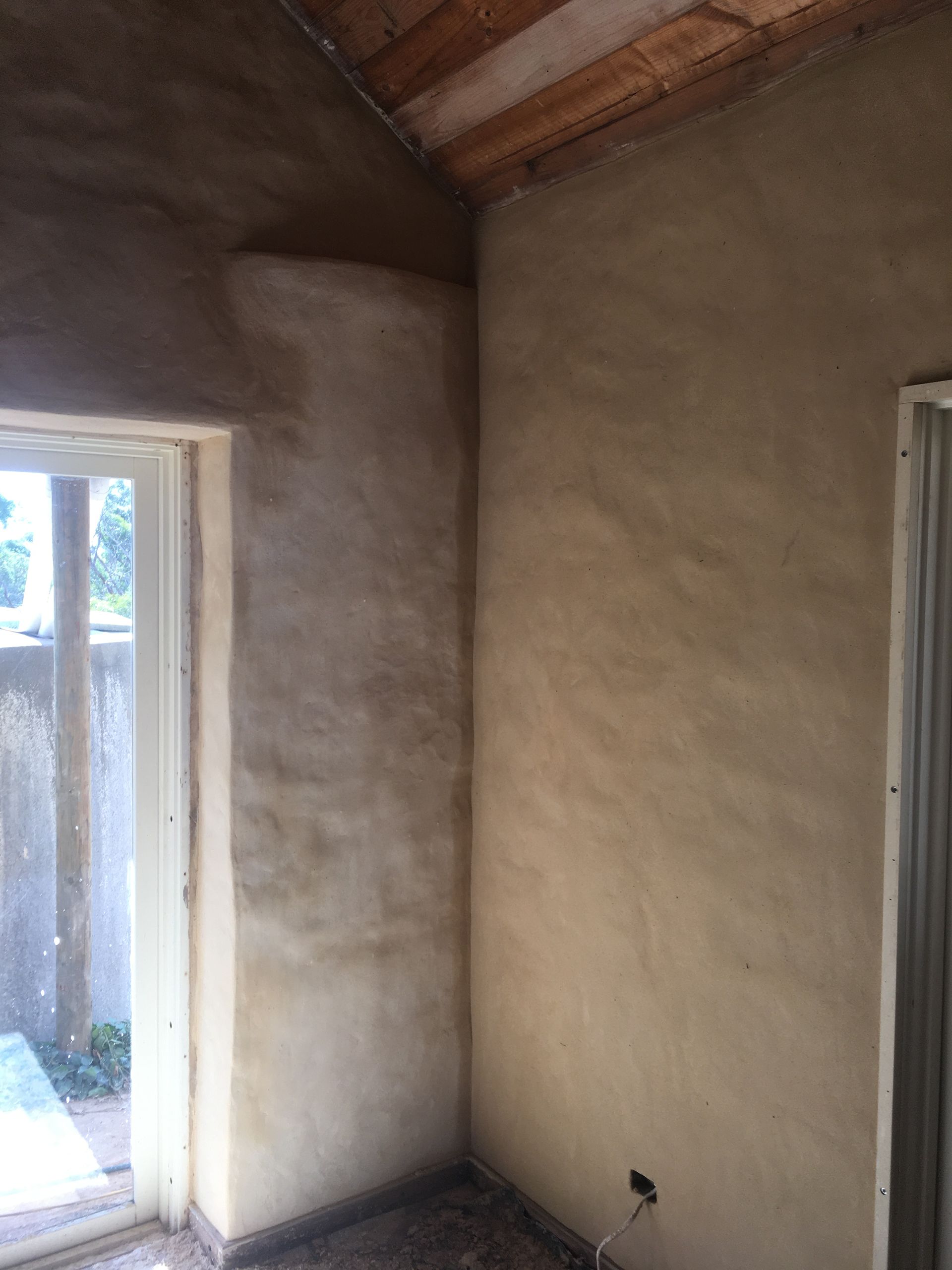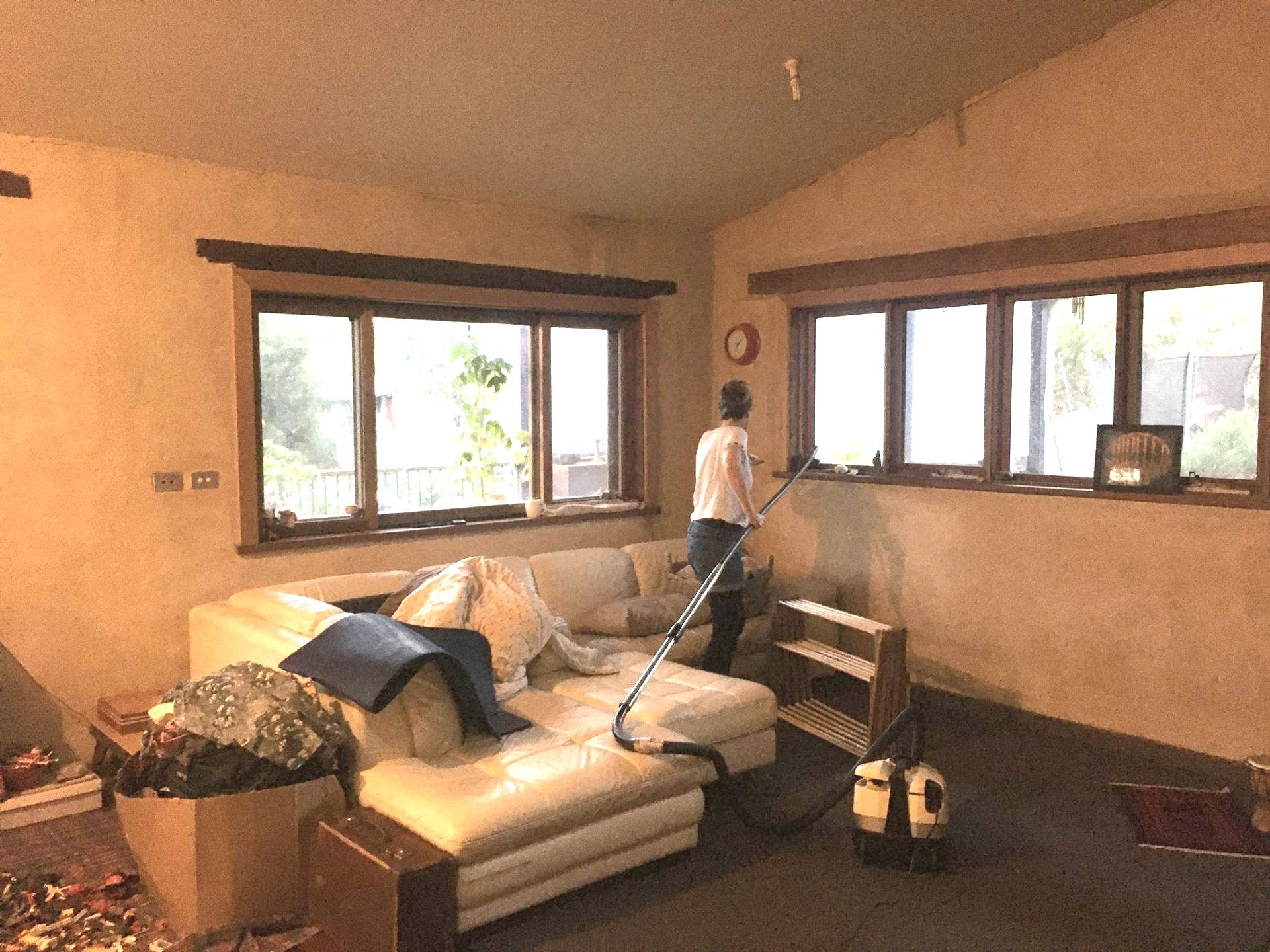Internal Mud Walls
Why use mud on Internal Walls?
Internal mud walls offer significant thermal benefits, making them a valuable feature in sustainable building design. One of the primary advantages is their ability to regulate indoor temperatures naturally. Mud walls have high thermal mass, meaning they can absorb and store heat during the day and release it slowly during cooler periods, such as evenings or nights. This process, known as thermal inertia, helps to stabilize indoor temperatures, reducing the need for artificial heating and cooling systems. As a result, homes with internal mud walls experience more comfortable and consistent indoor climates throughout the year, enhancing occupants' comfort and reducing energy consumption.
Mud walls also contribute to improved indoor air quality by regulating humidity levels. They have hygroscopic properties, allowing them to absorb excess moisture from the air during humid conditions and release it back when the air becomes drier. This natural humidity control helps to prevent the growth of mold and mildew, which can thrive in damp environments and pose health risks to occupants. By maintaining optimal indoor humidity levels, mud walls create a healthier living environment and contribute to the overall well-being of residents.
Beyond their thermal and humidity-regulating properties, internal mud walls also offer acoustic insulation benefits. The dense, solid structure of mud walls effectively absorbs and dampens sound vibrations, reducing noise transmission between rooms and from external sources.
The thermal, humidity-regulating, and acoustic insulation benefits of internal mud walls make them a sustainable and practical choice for eco-conscious homeowners seeking energy-efficient and comfortable living spaces.
Get a free quote
Contact Us
We will get back to you as soon as possible.
Please try again later.
Ready to talk Mud?
Quick & Reliable
We are available to quote on your job - big or small.
Location
Shepherds Flat, Goldfields Victoria.
goldfieldsmud@gmail.com
Call 0478 608 529

Navigation
Services
Working hours
- Mon - Fri
- -
- Sat - Sun
- Appointment Only

